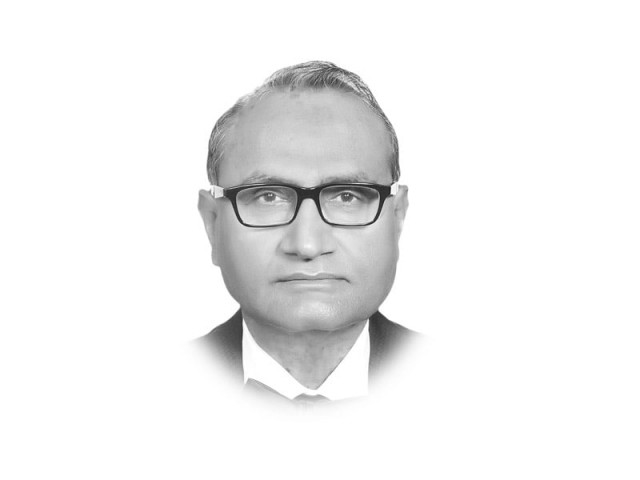Budgeting for women
What is there for women and girls in the budget?

The writer is a senior political economist based in Islamabad
How does one find out the percentage of the budget allocated to women and girls? The Pakistan Bureau of Statistics has published a Compendium on Gender Statistics of Pakistan 2014. It has a good coverage of indicators, but there is no information on resources allocated to what it understates to be the female population, i.e., just under 48 per cent. The publication would not, perhaps, be there in the first place without donor funding. At the federal level, an effort was made to see through the gender lens the budgetary allocations to the social sector for the fiscal years 2009-10 and 2010-11. It was found that 90 per cent of the education and health budgets were gender specific, making disaggregation possible. The share of women and girls was around one-fourth in the development allocations and below four per cent in the nondevelopment allocations. Again, this was a donor-funded project aiming to gradually make the entire budget gender-responsive. One has not heard anything about it since.
The social sector, where gender disaggregation does not pose significant problems of “unallocables”, is largely the domain of the provinces. The donors, however, are now more interested in something different. Since last year, they have assisted in the preparation of a Citizens’ Budget to improve citizen’s access to budgetary information in a nontechnical language. It is claimed that the exercise empowers citizens to hold politicians and bureaucracy accountable. The objective is stated to be better governance.
The Citizens’ Budget for Punjab related to 2015-16 has a one-pager entitled “Improving Lives of Women & Girls.” It commits to raising the status of women and girls and identifies gender mainstreaming as a growth driver. A specific set of initiatives includes: an integrated reproductive, maternal, newborn and child health and nutrition programme; the upgradation and provision of missing facilities and solar solutions in girls schools; a training programme under PVTC and TEVTA; initiatives under livestock, for poor women; a population welfare programme; the establishment/upgradation of 94 girls’ colleges; development schemes under women’s development and the social welfare department; the provision of missing facilities in 48 girls’ colleges; the provision of scooties to working women; and the establishment of four women’s universities.
Khyber-Pakhtunkhwa is also producing its own Citizens’ Budget under the same donor-funded project. This year’s edition asks “What is there for women and girls in the budget?” and provides the answer in terms of these initiatives: 24/7 mother and child healthcare services in 45 basic health units; mobile health services in 17 districts comprising women medical officers, providing antenatal and post-natal services; a child marriage restraint bill; a welfare foundation for deserving widows and orphans; stipends of Rs400 a month to girl students in class six and above, in seven districts; over 9,000 women trained in technical skills; hard area allowance to lady education supervisors in 7 districts; and women counters at 70 police stations.
No donor has approached the governments of Sindh and Balochistan to prepare Citizens’ Budgets. In fact, Sindh has ceased producing even the White Paper, a source of at least some information on what there is in the budget for women. Sadly, all governments, federal and provincial, do not divulge what exactly is being spent on women.
Published in The Express Tribune, March 11th, 2016.
Like Opinion & Editorial on Facebook, follow @ETOpEd on Twitter to receive all updates on all our daily pieces.















COMMENTS
Comments are moderated and generally will be posted if they are on-topic and not abusive.
For more information, please see our Comments FAQ